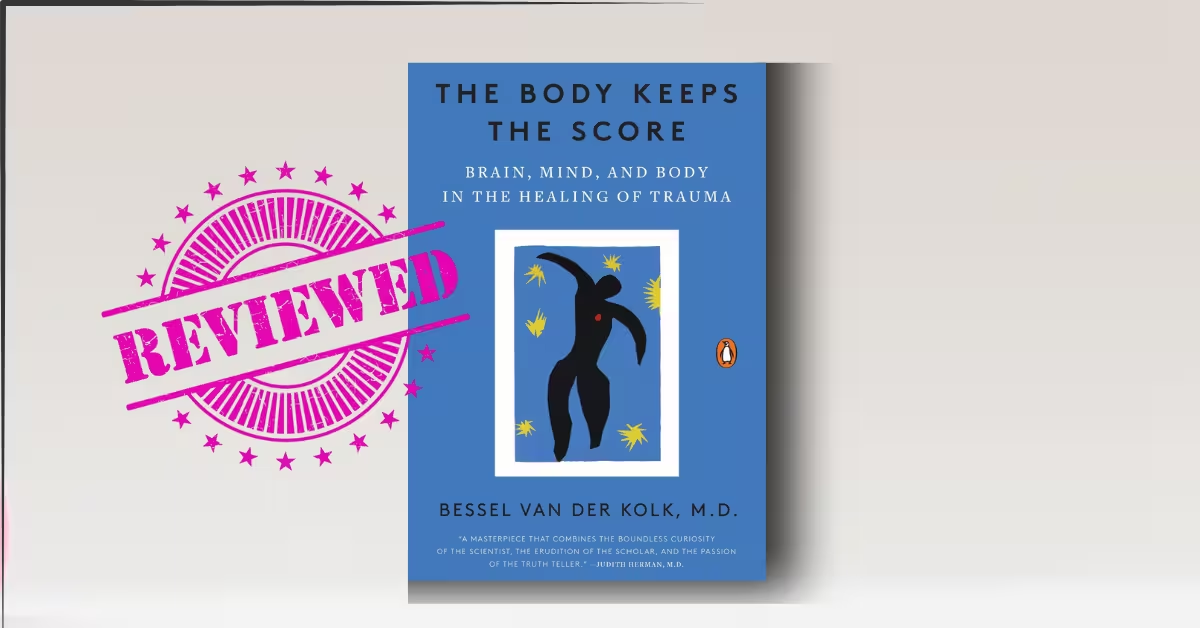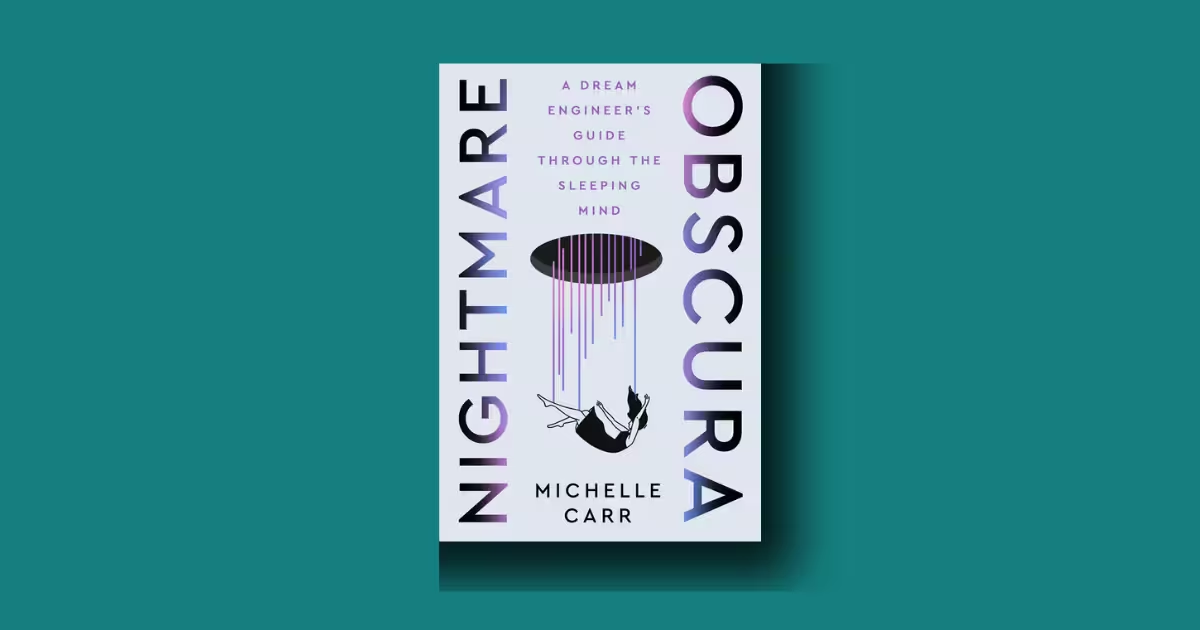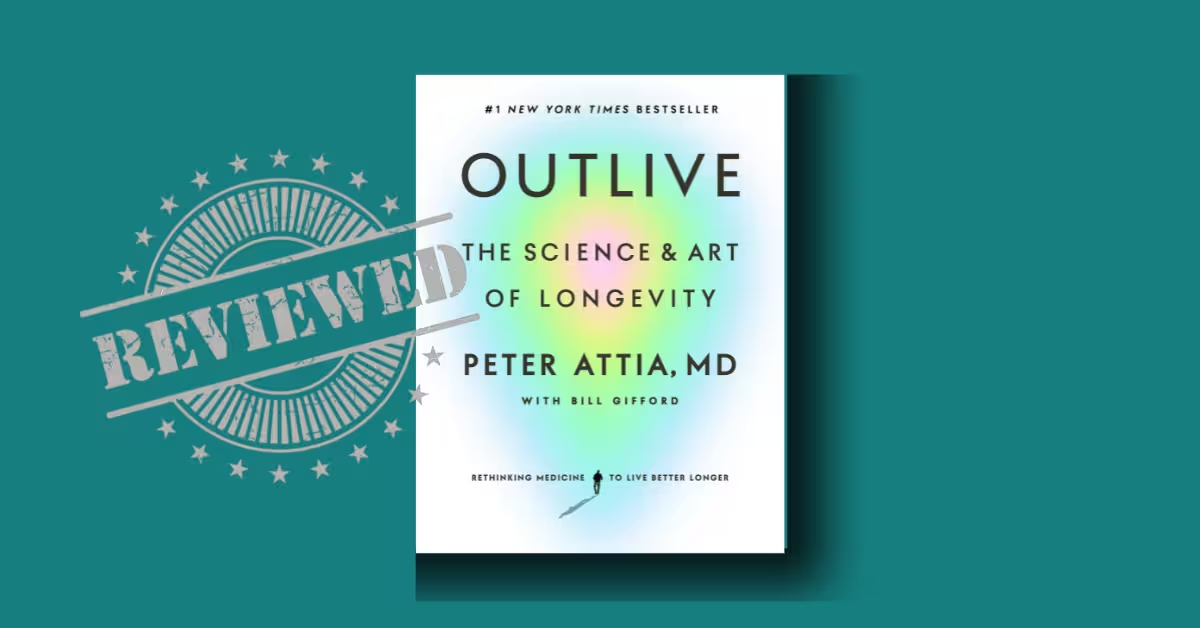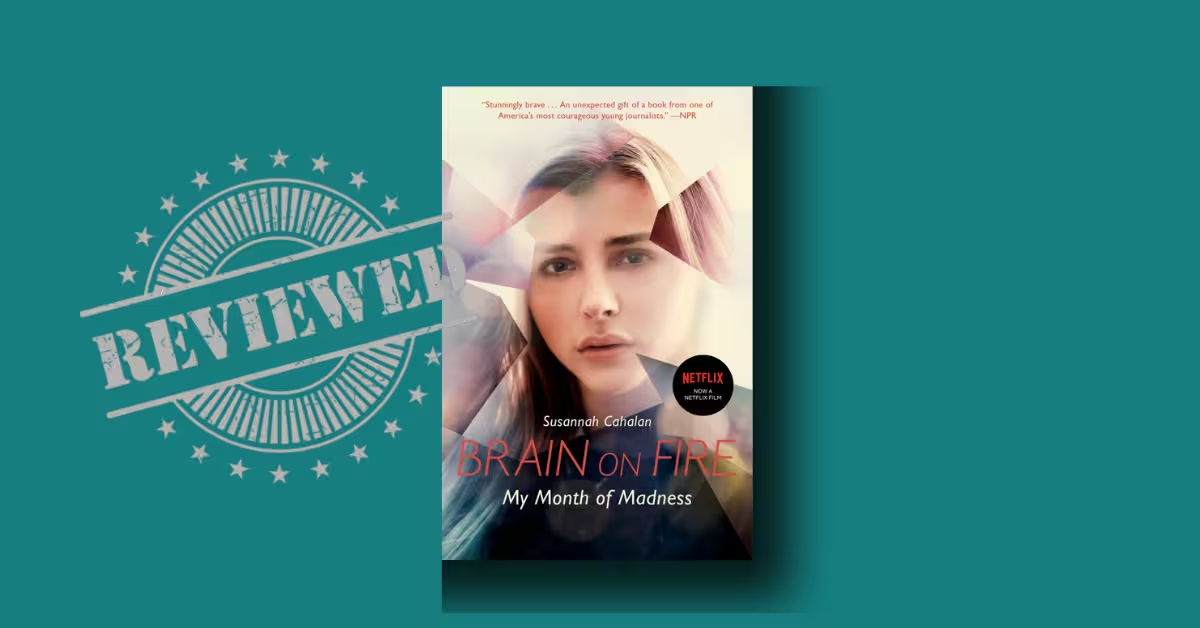The Body Keeps the Score by Bessel van der Kolk is the modern classic on healing trauma—how PTSD transforms the brain, mind, and body, and why interventions like EMDR, yoga, and neurofeedback can restore regulation, connection, and agency. It threads together neuroscience, clinical vignettes, and public-health data (e.g., the ACE study) to offer a practical philosophy of recovery that has made this book a long-term bestseller.
Trauma doesn’t just haunt your thoughts; it colonizes your nerves, breath, sleep, and skin. The Body Keeps the Score shows how you can reclaim your life only when you work with the brain, mind, and body together.
Van der Kolk’s core claim is simple and radical: lasting trauma recovery isn’t talk-only—it requires bottom-up bodily change, top-down mindful regulation, and safe relationships that restore agency—“the feeling of being in charge of your life.”
Evidence snapshot
- Trauma literally reorganizes the nervous system; exposure alone can reduce reactivity yet rarely restores “joyful engagement,” whereas EMDR, Internal Family Systems, yoga, neurofeedback, and theater target agency as well as regulation.
- Flashbacks light up sensory and right-hemisphere circuits while deactivating language areas, explaining “speechless terror” in survivors.
- Trauma impacts immune function; incest survivors showed abnormal CD45 RA/RO immune ratios, signaling a body poised for threat.
- The ACE (Adverse Childhood Experiences) research links early trauma with later disease and risk behaviors in a massive CDC–Kaiser cohort of 17,421 patients, establishing a dose-response relationship that has reshaped public health. ;
- A randomized controlled trial found 52% of yoga participants with chronic PTSD no longer met diagnostic criteria vs. 21% in controls.
- WHO summaries and meta-analyses continue to document significant global PTSD burden and effective treatments.
- EMDR remains strongly supported by multiple contemporary meta-analyses and IPD meta-analyses.
However, The Body Keeps the Score is best for: survivors, clinicians, teachers, and caregivers who want a science-grounded, body-attuned roadmap to healing; readers open to practices like EMDR, yoga, and parts-work alongside psychotherapy.
Not for: readers seeking a quick fix, purely pharmacological solutions, or a solely cognitive approach; skeptics who prefer DSM checklists over biopsychosocial context may bristle at its critique of narrow diagnosis.
Table of Contents
1. Introduction
The Body Keeps the Score: Brain, Mind, and Body in the Healing of Trauma (2014), by psychiatrist Bessel van der Kolk, was published by Viking Press (Penguin Random House). It runs 464 pages and has been translated widely, remaining a staple on bestseller lists for years.
This is narrative nonfiction and applied neuroscience: part science writing, part clinical memoir, part treatment guide. Van der Kolk founded the Trauma Center in Boston and has published extensively on traumatic stress, positioning him to synthesize brain imaging, psychophysiology, attachment science, and therapy outcomes into a single, readable volume.
The central thesis: trauma is not just a story about the past—it’s a living imprint on physiology that requires body-based healing.
Diagnosis alone is insufficient; recovery involves learning to feel safely in the body again, integrating fragmented sensations into narrative, and rebuilding the capacity for pleasure, focus, and connection. In van der Kolk’s words: “Trauma is primarily remembered not as a story… but as isolated sensory imprints… accompanied by intense emotions.”
2. Background
In psychiatry’s recent history, diagnostic systems like the DSM gained outsized cultural and financial authority, yet their precision is limited; labels can shape lives while obscuring strengths and developmental trauma context. “Understanding what is ‘wrong’ with people currently is more a question of the mind-set of the practitioner… than of verifiable, objective facts.”
The book situates trauma as a hidden epidemic, magnified by research on Adverse Childhood Experiences. The seminal CDC–Kaiser study recruited 17,421 patients and demonstrated a striking dose-response between early adversity and later health risks—from addiction to cardiovascular disease—reframing trauma as a population-level driver of morbidity.
3. The Body Keeps the Score Summary
How trauma changes the brain’s alarm and watchtower.
Van der Kolk explains why triggers feel like now. The amygdala (the “smoke detector”) reacts rapidly, while the medial prefrontal cortex (the “watchtower”) interprets and calms. When alarms are overactive or cortical control is weak—as in PTSD—people lose control over startle, rage, and shutdown.
Flashbacks deactivate the language system (Broca’s area) and light up primary visual cortex and right-hemisphere networks; thus survivors often cannot put horror into words even as images, smells, and sensations flood back.
Why the thalamus (the “cook”) matters.
During traumatic recall, the thalamus—the sensory “cook” that blends inputs into autobiographical memory—can shut down, leaving “isolated sensory imprints” instead of narrative. Therapy must therefore anchor people in the present while visiting the past.
The body truly “keeps the score.”
Trauma imprints on sleep, appetite, touch, and digestion—basic housekeeping functions governed by subcortical circuits. Any effective treatment must address these bodily rhythms.
Clinical and immunology research shows the imprint runs deep: in incest survivors, the CD45 RA/RO imbalance suggests an immune system perpetually mobilized for danger, confusing safety with threat.
From diagnosis to developmental trauma.
DSM categories guide reimbursement and training but can be blunt instruments that miss developmental trauma’s complexity and strengths people build to survive. The book chronicles attempts to refine diagnosis and assessment (e.g., Traumatic Antecedents Questionnaire), connecting BPD-like presentations with child abuse histories.
Core therapeutic pathways.
Van der Kolk distills healing into three complementary avenues:
- Top-down regulation (mindfulness, self-awareness, meaning-making) that strengthens the “watchtower” and narrative integration.
- Medicines that temporarily dampen hyperarousal (acknowledging limits).
- Bottom-up approaches that restore bodily rhythms and agency: EMDR, Internal Family Systems (IFS), yoga, somatic therapies, neurofeedback, theater/play. “In contrast, EMDR… internal family systems, yoga, neurofeedback, psychomotor therapy, and theater… focus not only on regulating intense memories… but also on restoring a sense of agency, engagement, and commitment through ownership of body and mind.”
EMDR in action.
In the memorable case of Kathy, a survivor of severe childhood abuse, EMDR catalyzed rapid change: “recovered completely after eight sessions,” later thriving as an academic and parent—offered as clinical illustration, not a universal guarantee.
Internal Family Systems (IFS) and the parts we exile.
IFS frames our psyche in “managers,” “firefighters,” and “exiles.” When terrored exiles burst forth, firefighters numb pain—via drinking, compulsive sex, gaming, cutting—“destroy[ing] the house in order to extinguish the fire,” until Self-leadership and safety return.
Body-based therapies and the return of boundaries.
Skilled touch and movement help patients feel where their bodies are in space, release bound muscular armor, and reestablish safety. “When the physical tension is released, the feelings can be released… Touch lets them know that they are safe.” Action restores stress hormones to their proper role; helplessness traps the system in emergency mode, so therapy emphasizes safe action, interoception, breath, and posture.
Pendulation and islands of safety.
Therapists “pendulate”—dipping into traumatic material and back to safety—starting with islands of safety in the body (e.g., hands, feet, breath) to prevent overwhelm and build capacity.
Why people become “speechless.”
In courts, asylum hearings, or therapy rooms, survivors may appear chaotic or mute—not because they’re unreliable, but because the language system collapses under overload. The book explicitly documents this and shows why grounding first is ethical practice.
Losing your body / finding it again.
Many cannot feel parts of the body (“sensory insensibility”), which makes life flat; rebuilding interoception is non-negotiable.
A highlighted, all-chapters synthesis
- Trauma imprints on the emotional brain, reshaping default responses; safety wires curiosity, fear wires vigilance.
- In PTSD, right-hemisphere sensory-emotional networks dominate while left-hemisphere sequencing and language go offline; hence fragmented, body-heavy memories.
- Agency is the through-line: therapy must make people feel in charge again—physically, emotionally, relationally.
- Top-down skills (mindfulness, attention training) calm the amygdala via the MPFC “watchtower,” enabling choice.
- Bottom-up work (breath, posture, movement, touch, yoga) completes thwarted defensive actions and re-establishes bodily boundaries and rhythms.
- Relational containers (group, theater, responsive communities) and community truth-telling make recovery possible. “Finding a responsive community in which to tell your truth makes recovery possible.”
- EMDR, IFS, yoga, neurofeedback and allied modalities are presented as complementary—not replacements for good therapy but ways to reach subcortical processes that talk alone can’t.
- Public health frame: ACEs predict disease and social outcomes; trauma-informed systems (schools, clinics, courts) are prevention as well as cure. ; (CDC)
4. The Body Keeps the Score Analysis
Evaluation of Content — Evidence and logic.
The book’s neurological framing is persuasive because it maps phenomenology (nightmares, startle, numbing) to mechanisms (amygdala alarms, thalamic “cook,” right-hemisphere dominance, Broca shutdown).
The scans and lab research are paired with careful clinical observation, e.g., Bill’s Rorschach-triggered flashback where sensory reliving overwhelmed present-moment reality—ten years after Vietnam. “He was obviously seeing the same images, smelling the same smells… Ten years… Bill was reliving the trauma in response to an inkblot.”
The argument that “exposure alone” may reduce distress yet not restore engagement is consistent with outcome nuances many clinicians see: symptom scores can fall while vitality and connection lag. Van der Kolk explicitly writes that simply exposing someone “does not integrate the memory… and it rarely restores… joyful engagement,” hence the emphasis on modalities that build agency and embodied presence.
Externally, research aligns with core claims:
- EMDR shows robust benefits across meta-analyses, including IPD comparisons to other evidence-based therapies.
- Yoga for PTSD RCTs demonstrate clinically meaningful remission deltas (52% vs. 21%).
- Global burden & treatments summarized by WHO reinforce the need for multi-modal care.
Does it fulfill its purpose / contribute to the field?
As a synthesis that shifted clinical culture toward body-mind integration, the contribution is undeniable; the book catalyzed trauma-informed movements in schools, courts, and community health. It also helped normalize somatic and relational approaches alongside CBT-derived protocols—an integration many systems had resisted.
The book is not a DSM compendium; it is an argument for widening the frame. On that score, its critique of diagnosis—“A psychiatric diagnosis has serious consequences” and often becomes an identity—remains bracing and, for many patients, liberating.
5. Strengths and Weaknesses
What compelled me.
First, the language of agency gave me a compass. Being told that my flares of terror or numbness were bodily time-travel—right-brain, sensory, thalamus-down shifts—transformed shame into workable information. Second, the practical emphasis on islands of safety—hands, feet, breath—made therapy feel doable, not heroic; I could pendulate instead of white-knuckle exposure.
Third, the public-health spine—especially ACE data—anchors personal pain in civic responsibility; it’s not “what’s wrong with me,” it’s “what happened to me,” and what our institutions allowed.
What frustrated me.
At points the clinical anecdotes shine so brightly they risk overgeneralization. Some readers (and some scientists) perceive certain claims—especially about memory and specific neural interpretations—as more definitive than the current consensus warrants, and critiques exist in academic and popular venues.
I also wished for more granular guidance on sequencing multimodal care in low-resource settings—how a county clinic might braid EMDR waitlists, group yoga, and IFS-informed skills when staff are thin and crises thick. That said, the book’s pragmatism—“start with the body; restore rhythms; build agency; center relationships”—has been directly useful to me and the people I’ve worked with.
6. Reception, criticism, and influence
The Body Keeps the Score remains New York Time No.1 non-fiction best-seller for 365 weeks.
The book’s cultural reach is extraordinary (years on bestseller lists; pandemic rediscovery). Critics have argued it sometimes overstates or popularizes ahead of consensus, especially around memory mechanisms; supporters note that science-based, relational, and somatic care pathways have only grown stronger in subsequent RCTs and meta-analyses (EMDR; yoga; neurofeedback research ongoing).
In public health and education, ACE-informed initiatives, trauma-sensitive schools, and trauma-informed courts (e.g., asylum contexts where “speechless terror” derails testimony) increasingly reflect the book’s insights about language shutdown and the ethical sequence of safety before story. “Victims often become so overwhelmed that they are barely able to speak.”
Media profiles (e.g., TIME) credit van der Kolk with reframing trauma beyond veterans to include childhood abuse and relational injuries, while emphasizing that healing requires befriending bodily sensations.
7. Comparison with similar works
- Judith Herman, Trauma and Recovery — foundational on power, control, and stages of healing (safety, remembrance, reconnection). Van der Kolk’s book overlaps but dives deeper into neurobiology and somatics, and critiques diagnostic narrowness with vivid clinical-lab links.
- Peter Levine, Waking the Tiger — emphasizes pendulation and completing thwarted defensive responses; The Body Keeps the Score incorporates similar principles while offering a broader survey (IFS, EMDR, neurofeedback, theater).
- Pat Ogden, Sensorimotor Psychotherapy — methodical body-tracking and posture/breath experiments; van der Kolk’s volume gives these approaches a narrative home and positions them among other modalities.
- CBT/Prolonged Exposure manuals — strong for symptom reduction; van der Kolk concurs on usefulness but argues they don’t reliably restore joyful engagement or agency without somatic/relational complements.
8. Conclusion
If you or your community want a complete, humane map of trauma recovery, The Body Keeps the Score is essential. It will not hand you a single tool; it will give you a framework: regulate the body, strengthen the watchtower, restore agency, and heal in relationship. It’s suitable for general audiences who can tolerate clinical detail, and indispensable for clinicians, educators, and policy makers designing trauma-informed systems.
“Visiting the past in therapy should be done while people are… firmly rooted in the present and feeling as calm, safe, and grounded as possible.”
“All too often diagnoses are mere tallies of symptoms… [ignoring] unusual talents and creative energies mustered to survive.”
“The body becomes freer—breathing freer, being in flow. Touch makes it possible to live in a body that can move in response to being moved.”
The Body Keeps the Score quotes
- “Trauma is primarily remembered not as a story… but as isolated sensory imprints… accompanied by intense emotions, usually terror and helplessness.”
- “Agency is the technical term for the feeling of being in charge of your life.”
- “Simply exposing someone to the old trauma does not integrate the memory… and it rarely restores… joyful engagement.”
- “[Flashbacks] activate the right hemisphere of the brain and deactivate the left.”
- “Finding a responsive community in which to tell your truth makes recovery possible.”
Related



